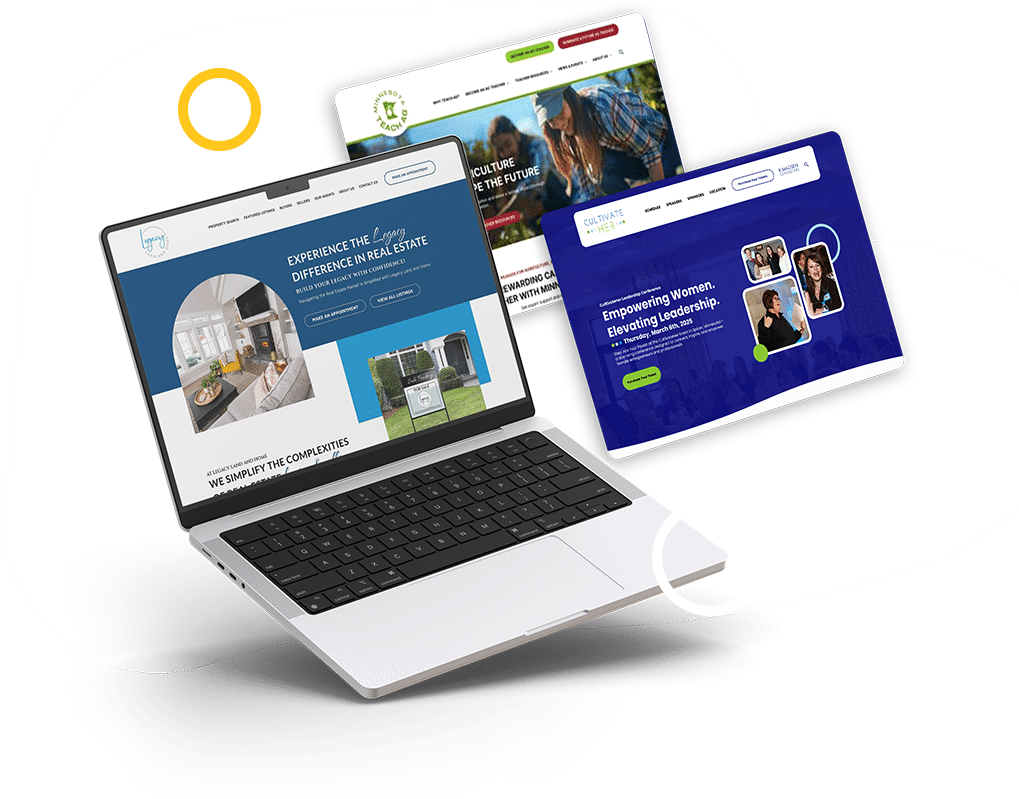Introduction to Digital Accessibility
Digital accessibility is crucial for providing equal access to people with disabilities on the world wide web. It ensures that everyone, regardless of ability, can perceive, understand, navigate, and interact with digital content. The Web Content Accessibility Guidelines (WCAG) serve as the foundation for web accessibility standards, guiding organizations in creating web content accessible to all users. Accessibility checker tools play a vital role by helping identify and fix accessibility problems on websites, making it easier for state and local governments, businesses, and organizations to comply with accessibility requirements.
Understanding Accessibility Problems
Accessibility problems can exclude people with disabilities from accessing web content, creating barriers that prevent equal participation in public life. Common accessibility barriers include poor color contrast that affects users with limited vision, lack of alt text on images that screen readers rely on, and inaccessible online forms that can be difficult or impossible to complete without assistive technology. These issues can be identified using a combination of automated scans and manual review, allowing organizations to fix accessibility problems and provide equal access to all users.
Accessibility Laws and Regulations
Web accessibility legislation, such as the Americans with Disabilities Act (ADA), mandates that websites be accessible to people with disabilities. The ADA applies to state and local governments under Title II and to businesses open to the public under Title III. It requires full and equal enjoyment of goods, services, and programs, and non-compliance can lead to legal risk, costly lawsuits, and reputation damage. Organizations must understand and meet these accessibility requirements to ensure their digital content is accessible and inclusive.
Key points of accessibility laws and regulations include:

The Business Case for Accessibility
Creating an accessible website is not only a legal obligation but also a smart business decision with multiple benefits for your website and business. Benefits include improved search engine optimization (SEO) by making web pages more understandable and navigable, enhanced user experience which increases website traffic and revenue, broader audience reach by allowing more people to access and engage with the site, and boosted brand reputation demonstrating social responsibility. Investing in accessibility remediation helps organizations grow by reaching a wider customer base and fostering loyalty.
Why You Can't Just Launch Your Website and Forget About Accessibility
Launching an accessible website is a crucial first step, but it’s not a one-time task. Accessibility issues can arise over time due to various factors, making ongoing monitoring and remediation essential. Software updates, website edits, and changes to themes or plugins can inadvertently introduce new accessibility barriers. For example, adding new content without proper alt text, updating forms without ensuring keyboard navigation, or installing third-party plugins that are not accessibility compliant can all impact the user experience for people with disabilities.
Moreover, evolving accessibility standards and legal requirements mean that what was compliant at launch may no longer meet current guidelines. Regular updates to the Web Content Accessibility Guidelines (WCAG) and changes in assistive technology capabilities require organizations to continuously review and update their websites.
Website accessibility remediation is therefore an ongoing process that ensures your site remains web accessible despite changes. By actively monitoring your site with accessibility checker tools and performing regular audits, you can quickly identify and fix new issues before they affect users. This proactive approach helps maintain accessibility compliance, reduces legal risk, and ensures that all visitors enjoy equal access to your digital content over time.
Identifying and Fixing Accessibility Issues
Accessibility checker tools are indispensable for identifying accessibility issues on websites. These tools scan web content and highlight accessibility problems, provide detailed documentation and resources for fixes, combine automated scans with manual review for thorough detection, and help ensure compliance with accessibility laws and guidelines. Using these tools regularly enables organizations to maintain an accessible website and address issues promptly.
Accessibility Remediation Process
- Identify accessibility issues through audits and scans
- Prioritize issues based on severity and impact
- Fix issues following accessibility guidelines
- Test to confirm issues are resolved
- Monitor regularly to maintain compliance
Accessibility professionals can provide guidance throughout this process to address complex problems effectively and ensure the website remains fully accessible over time.
Overcoming Accessibility Barriers
Organizations can overcome common accessibility barriers by providing alternative text for images, adding captions for videos, including audio descriptions for multimedia content, and supporting assistive technologies like screen readers and voice recognition. Adhering to WCAG rules helps create websites that accommodate diverse user needs, with ongoing monitoring ensuring barriers are removed continuously. These efforts enable a truly inclusive web experience for all users.

Accessibility Standards and Guidelines
WCAG guidelines focus on making content perceivable, operable, understandable, and robust. This means users can see or hear the content, navigate and interact with it, understand the information presented, and use the content across various assistive technologies. Additional standards like Section 508 provide further guidance, especially for federal government sites. Organizations should aim for at least Level AA compliance to meet legal and user needs.
Digital Content and Accessibility
Digital content must be accessible to ensure equal opportunity. This includes web pages, documents, and multimedia. Accessibility checker tools help identify issues in all types of digital content, enabling organizations to provide equal access through accessible websites and online resources. Maintaining accessibility across all digital assets ensures no user is excluded from accessing important information and services.
The Importance of Remediation
Accessibility remediation is vital because it provides equal access to people with disabilities, reduces legal risk and potential lawsuits, enhances brand reputation and social responsibility, and improves SEO and user experience for all visitors. Organizations should prioritize remediation to keep their websites accessible and compliant as standards evolve. Regular remediation ensures that accessibility status remains up to date and barriers are promptly addressed.
Creating an Accessible Website
To create an accessible website, organizations should understand accessibility guidelines and standards, use accessibility checker tools early in development, engage accessibility professionals for expert support, and monitor and maintain accessibility regularly as content changes. This proactive approach helps build a fully accessible website that serves all users effectively.

The Role of Accessibility in Digital Accessibility
Accessibility is key to ensuring equal access across all digital platforms. Benefits include equal opportunity and access to information and services, improved SEO and user experience, and inclusive and usable websites for all users. Organizations should prioritize accessibility to achieve these outcomes, fostering a culture of inclusivity and compliance.
Accessibility and Search Engine Optimization
Accessibility supports SEO by improving website usability, making content easier for search engines to index, and increasing visibility and traffic. Prioritizing accessibility can lead to higher search rankings and better business results. Integrating accessibility fixes into SEO strategies benefits both users and search engine performance.
Accessibility and User Experience
Accessible websites provide easier navigation and interaction, clear and understandable content, and higher user satisfaction and engagement. Improved user experience can lead to increased conversions and customer loyalty. Accessibility remediation enhances usability for all visitors, not just those with disabilities.
Accessibility Remediation with Equalize Digital Accessibility Checker Pro and Developer Support
Ensuring your website is fully accessible can be a complex task, but with the right tools and expert assistance, it becomes manageable and effective. Equalize Digital’s Accessibility Checker tool is a powerful automated tool designed to scan your entire WordPress site for accessibility issues, providing detailed reports directly within the WordPress admin. This plugin not only identifies accessibility problems but also offers intelligent automated fixes for common barriers, speeding up your remediation efforts.

If you want to ensure your website provides equal access to all users, complies with accessibility legislation, and delivers an inclusive user experience, don’t hesitate to reach out. Our team is ready to help you with accessibility audits, remediation services, and ongoing support to keep your website accessible over time. Contact us today to start your journey toward a fully accessible and compliant website.



